Ecotourism
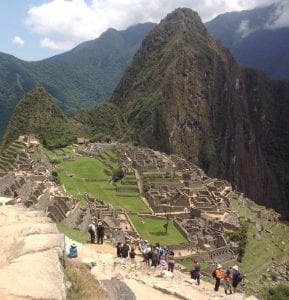
Ecotourism is a new way to embrace sustainability in travel. Per the backpacker’s motto – “Take nothing but pictures; leave nothing but footprints.” – ecotourism is a style of travel that has a low-impact on the environment, and usually involves pristine or undisturbed natural areas off the beaten path of more commercial destinations. Travelers that choose this alternative vacation are typically eager to learn more about the area they visit, and often see it as a way to support the economic development of the local communities. Ecotourism can be a powerful means to encourage respect for diverse cultures and to support human rights.
After reading The Celestine Prophecy in the mid ‘90s, I became enthralled with Machu Picchu, fascinated by the history and culture of Peru. I’d read the book after an enthusiastic recommendation from a good friend, and after years of talking about going, we finally decided to put it out on the calendar and make it happen. After exploring the many options, we chose Peru Tourism to help us plan a two-week ecotour to explore all three distinct and diverse geographies of Peru – the coast, the mountains, and the rainforest.
Lima, the capital city of nearly 10 million people, is the crown of the coast. Rich in history that includes both indigenous and Spanish influence, it is the cosmopolitan center of the country. An ever-present haze hovers over the city due to the cool ocean water mixing with the dry, desert climate, leaving mild San Francisco-like temperatures year round.
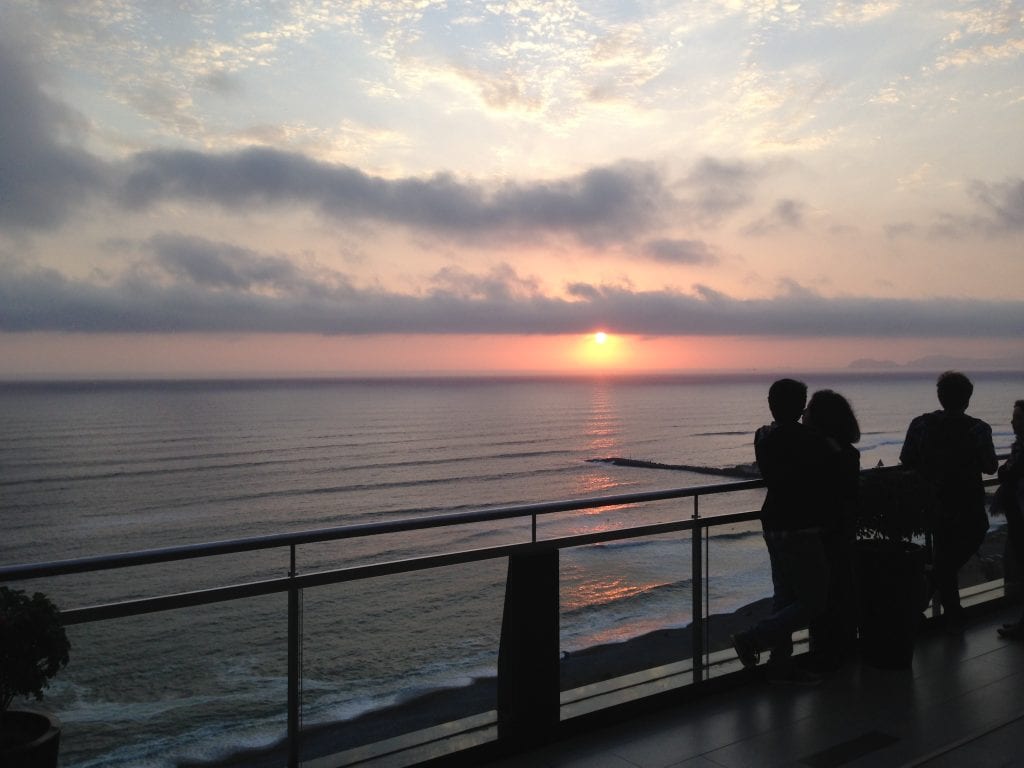
Of course, the primary purpose of our trip was to see the majestic Machu Picchu, nestled in the Andes Mountains of Peru not far from the Incan capital city of Cusco. Made famous by Yale explorer Hiram Bingham in 1911, this incredible lost city of the Incas is an impressive feat of engineering dedicated to astronomy, agriculture and religion. While most of the thousands of tourists who visit the Inca Citadel come by a combination of train and bus, the more authentic way is to hike the 27-mile Inca Trail. This route gives visitors a chance to explore the spectacular landscape and other Incan ruins on the way, and hike the same path that the Incan natives took on their retreats to the sacred city. Our trail guide, Ivan Barrientos of Condor Travel, was a Quechua native who shared the rich history and culture of his Incan ancestors. His warmth and knowledge, along with the supportive service of the porter staff, made the trip both comfortable and unforgettable.

Inkaterra’s Hacienda Concepción is a simple but beautiful lodge in the Amazon jungle. A 25-minute boat ride downstream from Puerto Maldonado on the Madre de Dios River, this quiet retreat in the rainforest is a must-see. A trail through the jungle enables visitors to explore the diverse flora and fauna of the Amazon, and a twilight river cruise spotlights the nightlife on the river’s edge. Another hike to nearby Lake Sandoval gives guests a chance to take a guided canoe ride along the edge of the lake filled with small (and sometimes large!) surprises. The highlight of the rainforest was the Inkaterra canopy walkway – a set of seven hanging bridges 100 feet above the ground connecting treetops – giving us a chance to see life in the trees up close.
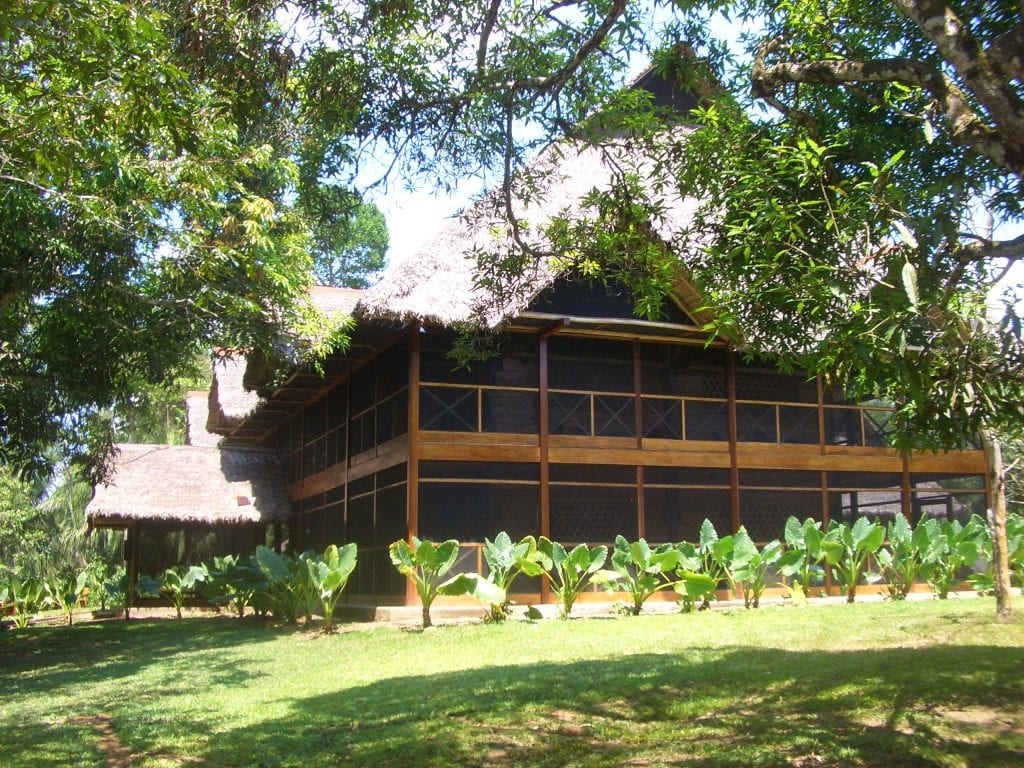
If you want to experience Peruvian culture in the truest sense, Condor Travel’s nonprofit Wings Association offers a tour to Misminay. This small village, located near the city of Cusco, is home to more than 300 families who still follow the traditions of their Andean ancestors. You can learn how to make beautiful woven goods, made from hand-spun wool from native alpacas and llamas. You can also plant or harvest corn, potatoes, lima beans and other native crops, and enjoy a delicious lunch with produce fresh from the family gardens. You can even arrange to spend the night with one of the families in their home, and enjoy an incredible view of the stars on a cloudless night.
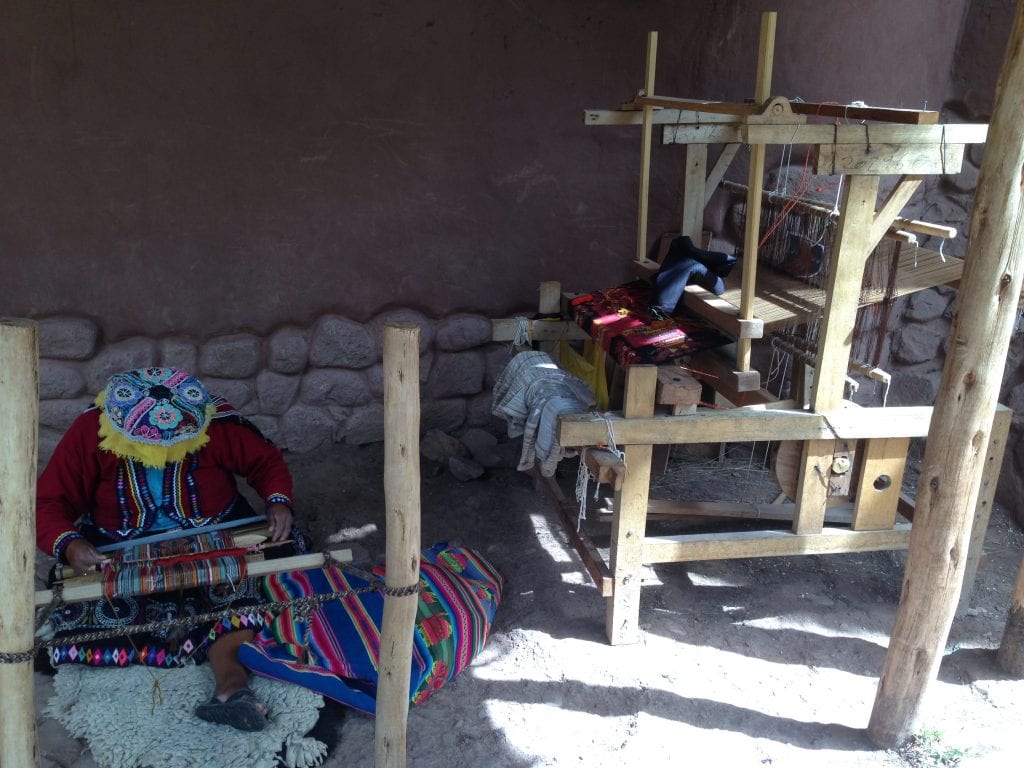
Our final destination was the beautiful Lake Titicaca – hailed as the highest commercially-navigable lake in the world at 12,500’ above sea level. Not far off the Peruvian coast are the fascinating Uros Islands, made of a buoyant reed that floats on the water. Indeed, this entire community of Uru natives live on a series of floating islands, banded together by modern nylon rope, forming neighborhoods within the larger community. Their modest huts and boats are made of the same totora reed, which is also used for food and medicine.
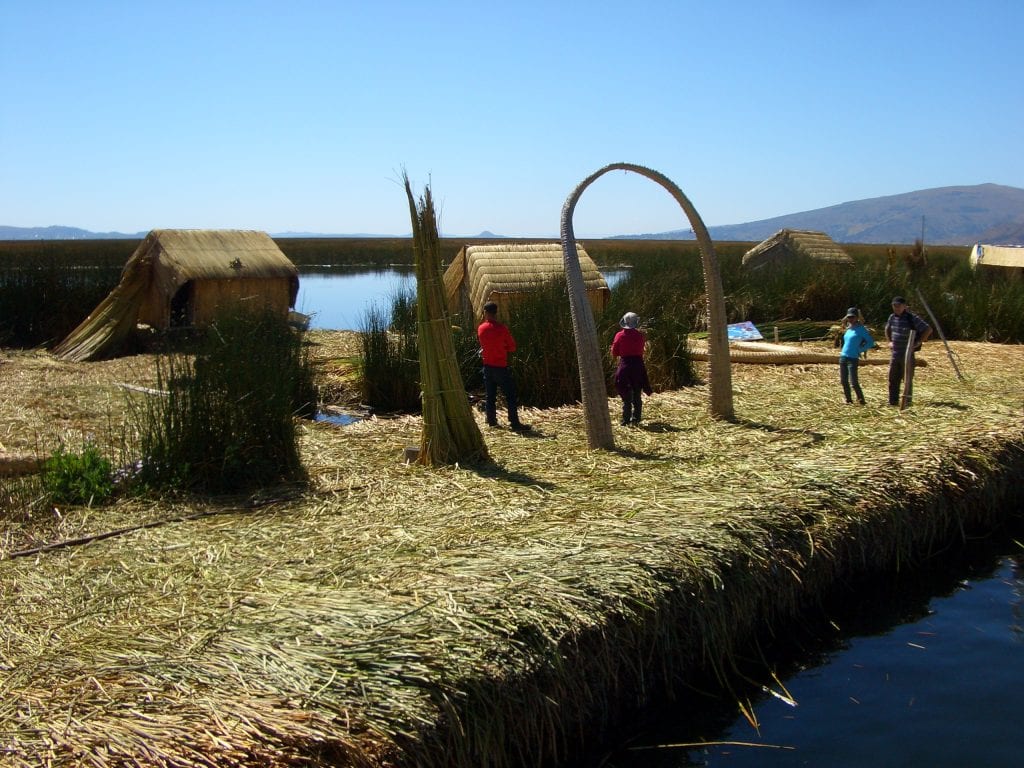
I remain in awe at the richness of the culture and geography of Peru, and highly recommend a visit to this sacred place. Its ancient ruins and pristine rainforest wilderness are sights to behold and cherish, and provide great opportunities to engage in ecotourism. And best of all, you can quell the cynics by taking advantage of programs to offset your travel-related carbon emissions!
This will be published in the Going Green section of the December 2014 issue of Spirit Seeker magazine.

